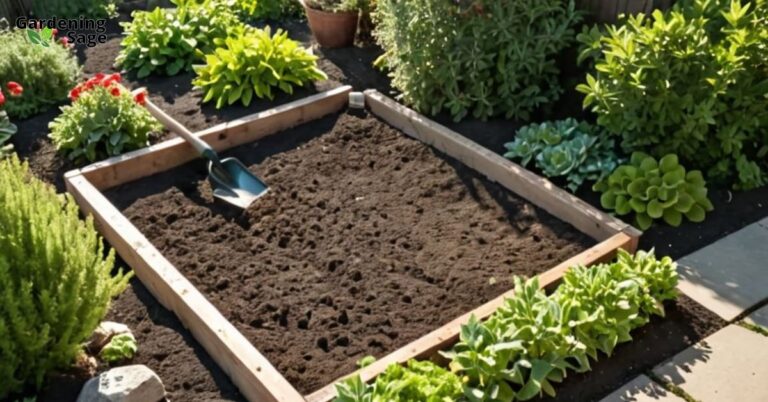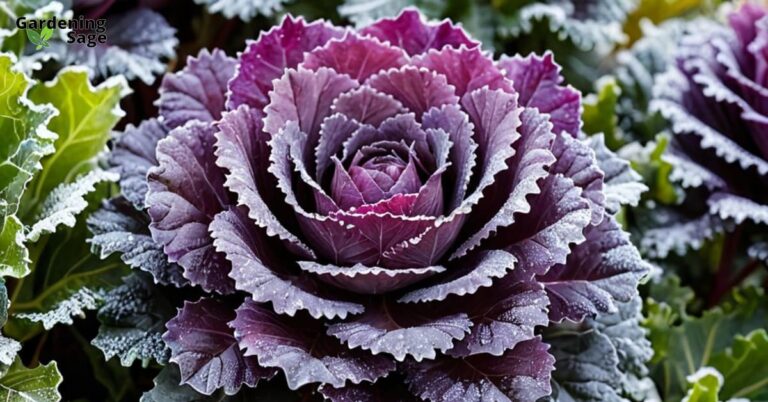Gardening is a rewarding hobby that can bring beauty and serenity to your life. However, the perception that it requires substantial financial investment often deters many enthusiasts.
The truth is, with a little creativity, strategic planning, and resourcefulness, you can cultivate a lush, vibrant garden without stretching your wallet. This comprehensive guide will navigate you through practical, cost-effective strategies to create an enchanting garden on a budget.
Understanding Budget Gardening
Budget gardening is all about maximizing resources and minimizing costs. It involves smart planning, choosing the right plants, and employing DIY techniques to reduce expenses.
This approach not only saves money but also encourages sustainable gardening practices.

1. Planning: The Blueprint for Success
Begin with a clear plan. Consider factors like the size of your garden, the climate, soil type, and the amount of sunlight it receives.
A thorough plan helps avoid unnecessary expenditures on unsuitable plants or gardening supplies.
2. Economical Plant Choices
Opt for plants that offer high value for a low cost. Seed packets are generally cheaper than buying young plants or seedlings.
Choose fast-growing, high-yield vegetables for your kitchen garden and perennial flowers that will return year after year, providing long-term value.
3. Mastering Plant Propagation
Learn the art of propagating your plants. Many plants can be grown from cuttings, divisions, or seeds collected from existing plants.
This practice not only saves money but also allows you to expand your garden and share it with others.
4. Composting: Turn Waste into Wealth
Create your own compost pile with kitchen scraps and garden waste. Composting is a cost-effective way to enrich your soil without buying commercial fertilizers.
It’s a sustainable practice that benefits both your garden and the environment.
5. Utilize Local Community Resources
Explore community resources like seed libraries, plant swaps, and gardening clubs. These platforms often offer free or low-cost seeds, plants, and gardening advice.
They are also great for connecting with fellow gardeners and exchanging resources and knowledge.
6. DIY Garden Structures
Get creative with DIY garden structures. Use repurposed materials like pallets, reclaimed wood, or old containers to create planters, trellises, or garden beds.
These DIY projects add a personal touch to your garden and save money.
7. Smart Watering Techniques
Efficient watering saves both water and money. Collect rainwater in barrels for irrigation, and use mulch to reduce water evaporation from the soil.
Watering plants in the early morning or late evening reduces water loss due to evaporation.
8. Homemade Pest Solutions
Instead of expensive chemical pesticides, opt for homemade or natural pest control solutions. Ingredients like vinegar, soap, and water can be effective against many common garden pests.
Introducing beneficial insects like ladybugs can also help manage pests.
9. Seasonal Sales and Discounts
Take advantage of seasonal sales and discounts at garden centers and nurseries. End-of-season sales often offer significant discounts on plants and gardening supplies.
10. Grow from Kitchen Scraps
Experiment with regrowing vegetables from kitchen scraps. Many vegetables like lettuce, green onions, and celery can be grown from the parts usually thrown away, providing a cost-effective and sustainable way to garden.
11. Gardening in Phases
Instead of overhauling your entire garden at once, develop it in phases. This approach allows you to spread out the costs over time and make adjustments as you learn what works best in your space.
12. Harvest and Preserve
Maximize your garden’s yield by harvesting and preserving produce. Techniques like canning, drying, and freezing can help you enjoy your garden’s bounty throughout the year, reducing grocery costs.
13. Continuous Learning and Adaptation
Stay informed about gardening techniques and trends. Resources like gardening blogs, books, and community workshops can provide valuable information and tips for budget-friendly gardening.
The Rich Rewards of Budget Gardening
Gardening on a budget is not only about saving money; it’s about the joy of creating something beautiful and sustainable with your own hands.
With these tips and techniques, you can cultivate a stunning garden that becomes a source of pride and pleasure, all while keeping your finances in bloom.














